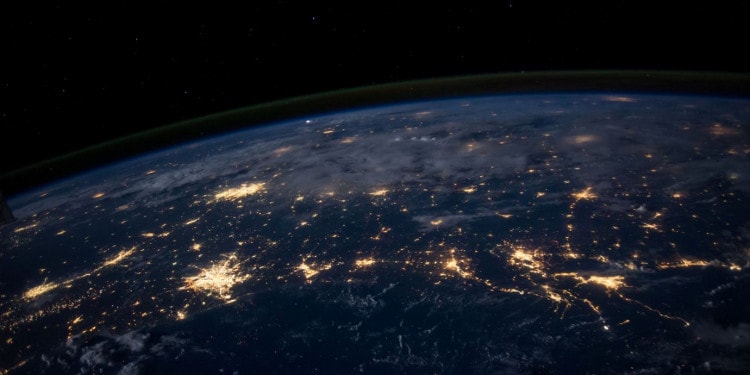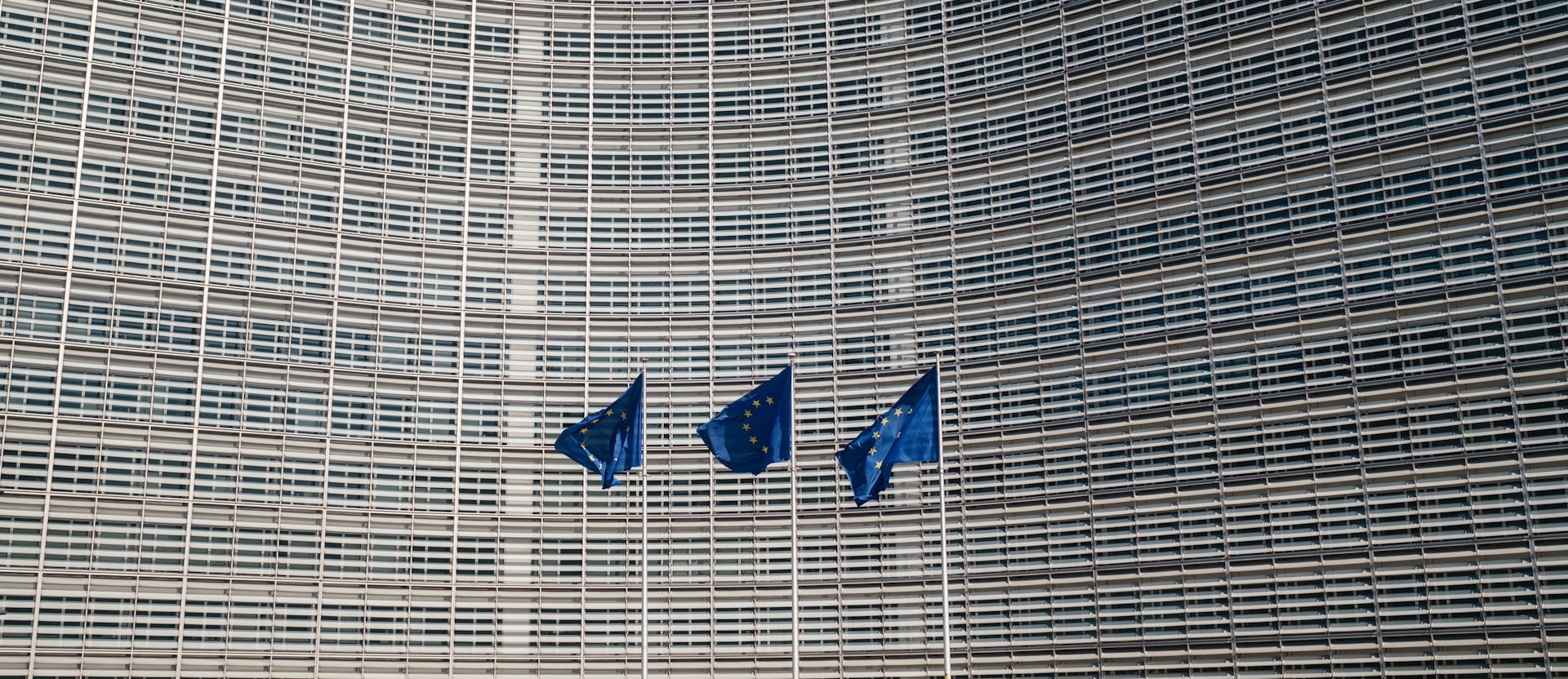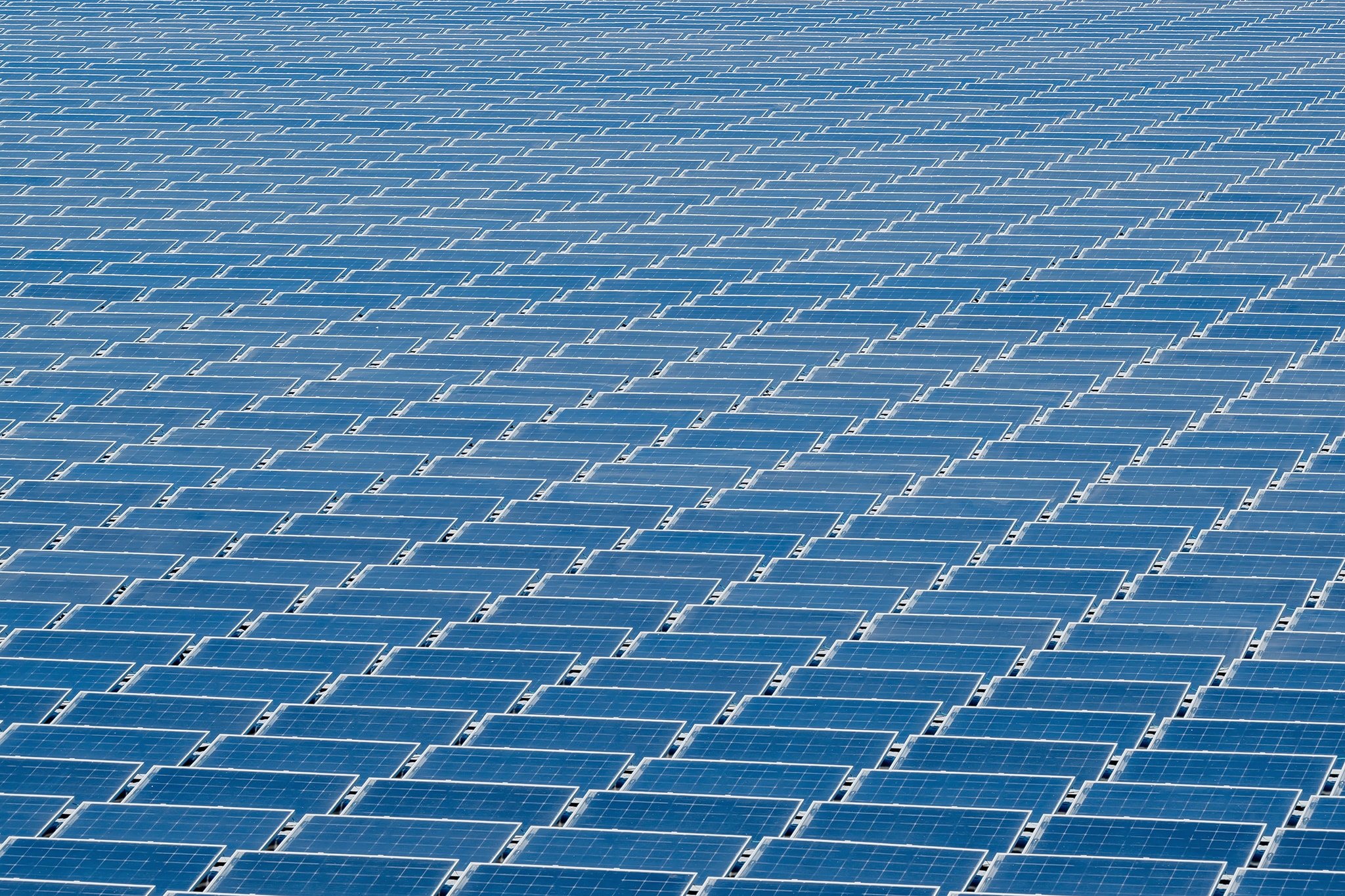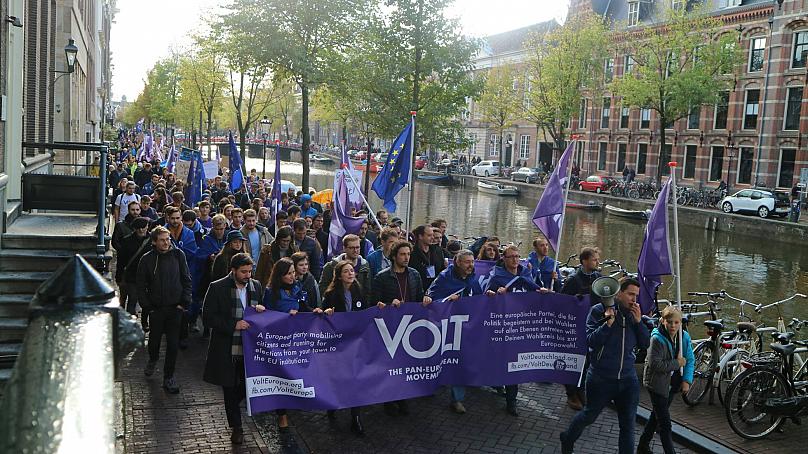Wind turbines, solar energy, sea waves and wind power generators are gradually replacing traditional fossil fuels powered energy plants. Innovative companies like Power Ledger play a key role in this. They support customers, lobby at the government level and facilitate the development, use and distribution of those renewable energy sources.
Impakter had a chance to interview Jemma Green, co-founder and chair of Power Ledger—an Australian blockchain-based cryptocurrency and energy trading platform with the extraordinary idea of allowing decentralized trade of renewable energies.

In the Photo: Power Ledger Co-founders: John Bulich (on the left ), Jemma Green (in the center) and David Martin (on the right). Photo Credit: Power Ledger
Could you please share with us the story of Power Ledger? What did you want to achieve when you started the company?
JEMMA GREEN: Co-founders and I set up Power Ledger to do three things. The first is to make a meaningful contribution to the Paris climate goals. The second is to deliver and assist in delivering low-cost and low carbon electricity markets and eventually to democratize power. We wanted to make a positive and lasting impact on the planet and humankind. It’s a big mission. It’s a big, hairy and audacious goal, but it’s one that gives us motivation and strength to work hard on it every day.
Is it true that you decided to continue scientific research by launching a startup company?
JG: Yes. Practically speaking I was doing my PhD in electricity market disruption. And I had a problem in one of my projects, which was an apartment building with solar panels and batteries. I couldn’t find the software that would create a trading environment in the building. By chance I was introduced to these blockchain developers and I got really confused about it at first.
Looking further into it I saw that blockchain could do what I needed in my applied research project. I introduced them to Dave Martin, one of my other fellow co-founders who had worked in electricity networks for two decades, on this prop structural problem in the networks business—the declining utilization of the network because of distributed renewables.
The blockchain could create a transactive trading environment and maintain utilization of the grid, and this makes it relevant. Beyond that, it provides a level of sophistication to the market, meaning that citizens could participate and add value as opposed to just being passive consumers.
We set up the company two and a half years ago with those problems in mind that the blockchain could solve. But since setting it up, we found many other applications for the blockchain in the electricity market, not only in terms of solving problems, but also for making the market more efficient, attractive and sophisticated.
I would say that at first we set up the company with this kind of signature product, peer-to-peer trading in mind. But now I would say that our technology enables three things: energy trading, renewable energy asset financing, which we call asset germination events, and carbon markets.
Asset germination is using the blockchain. It allows us to tokenize energy assets like solar farms and batteries—and will be the world’s first regulated crypto energy offering. We are launching that this year. The blockchain acts as the asset register for the solar farm and a battery, and the token then becomes tradable.
Up until now, these assets have really been the domain of investment to sophisticated investors and have been illiquid. But tokenizing it makes it possible to sell them as retail products that people can invest in and trade on an exchange.
The third thing is carbon markets, and we’ve made our first foray in California working with Silicon Valley Power. We’ve automated the process to get carbon credits issued and are working on an electric vehicle charging station, the second largest in California. The second part of this carbon market fit is really tokenizing carbon credits and creating a liquid trading market for them as well because currently they are typically traded over the counter by bilateral contracts. The full suite is therefore energy trading, energy asset financing and carbon markets.
Do you have other international green projects?
JG: We’ve also got a project with American PowerNet in the US, peer-to-peer trading. It’s a trial. We have two projects in Japan. On one we are working with KEPCO, the largest privately-owned utility. They’re supporting the creation of a virtual power plant model.
Last week we announced the beginning of a project with a company called Sharing Energy. That is a peer-to-peer trading project that will give us some scale in Japan. Between now and the end of next year up to 55,000 customers are forecast to come onto our platform and use the peer-to-peer trading facilities.
In Thailand we have a project with BCPG, peer-to-peer trading in Bangkok. It’s currently just under one megawatt. But in quarter one of this year we’ll grow by four megawatts, and in quarter two another 12 megawatts.
We’re starting to see these first trials and commercial deployments get some scale in terms of the amount of energy transacted on the platform. In Australia we have a peer-to-peer trial happening right now called Smart Cities RENeW Nexus, alongside our project partners Curtin University, Synergy and Western Power. It’s partially funded by the Australain Government’s Smart Cities and Suburbs program. This trial lasts until June and has about 40 customers trading peer-to-peer. The intention is that we’ll be scaling that up with more users as it is only focused on one suburb right now in Fremantle. And we’re looking to expand that to a greater geographical area and onboard more customers.
In your point of view, are there any obstacles for creating a decentralized energy market?
JG: It depends on the market. We see bigger opportunities for scale sooner in places like Thailand where they may leapfrog to the system of tomorrow. In Japan there are a lot of issues where they’re trying to rapidly change the energy system away from nuclear. In Australia, I think that there is more entropy in the market where, in just maintaining the status quo, retailers make a lot of money without having to necessarily innovate. Whereas the margins from retail in Europe are much slimmer. But there are some pain points. For example, in the Australian market last week we had the spot price for electricity go to its absolute maximum, $14.50 per kilowatt hour.
To put that into context, energy normally costs somewhere between 10 and 20 cents per kilowatt hour. For retailers that are not hedged, that presents an enormous financial exposure and risk. What our platform can do is help by allowing their customers that have batteries to be able to dispatch energy to the retailer and avoid them having to go to the wholesale market and buy that super expensive electricity, thus reducing both risk and cost for the retailers.
I think that there are some pain points in merging that with the decrease in the price of batteries, but there are opportunities for scale here as well. Ultimately, it’s possible to scale without regulatory reform here in our view. I think the bigger challenge as opposed to a regulatory one is getting people to understand that the technology is not a trivial thing.
I’ve been working on this for two and a half years and I’m still learning more about it every day. When you’re talking with utilities that typically move at a glacial speed, it’s not just one person to get across the line and be willing to try it. So there’s a long gestation period.
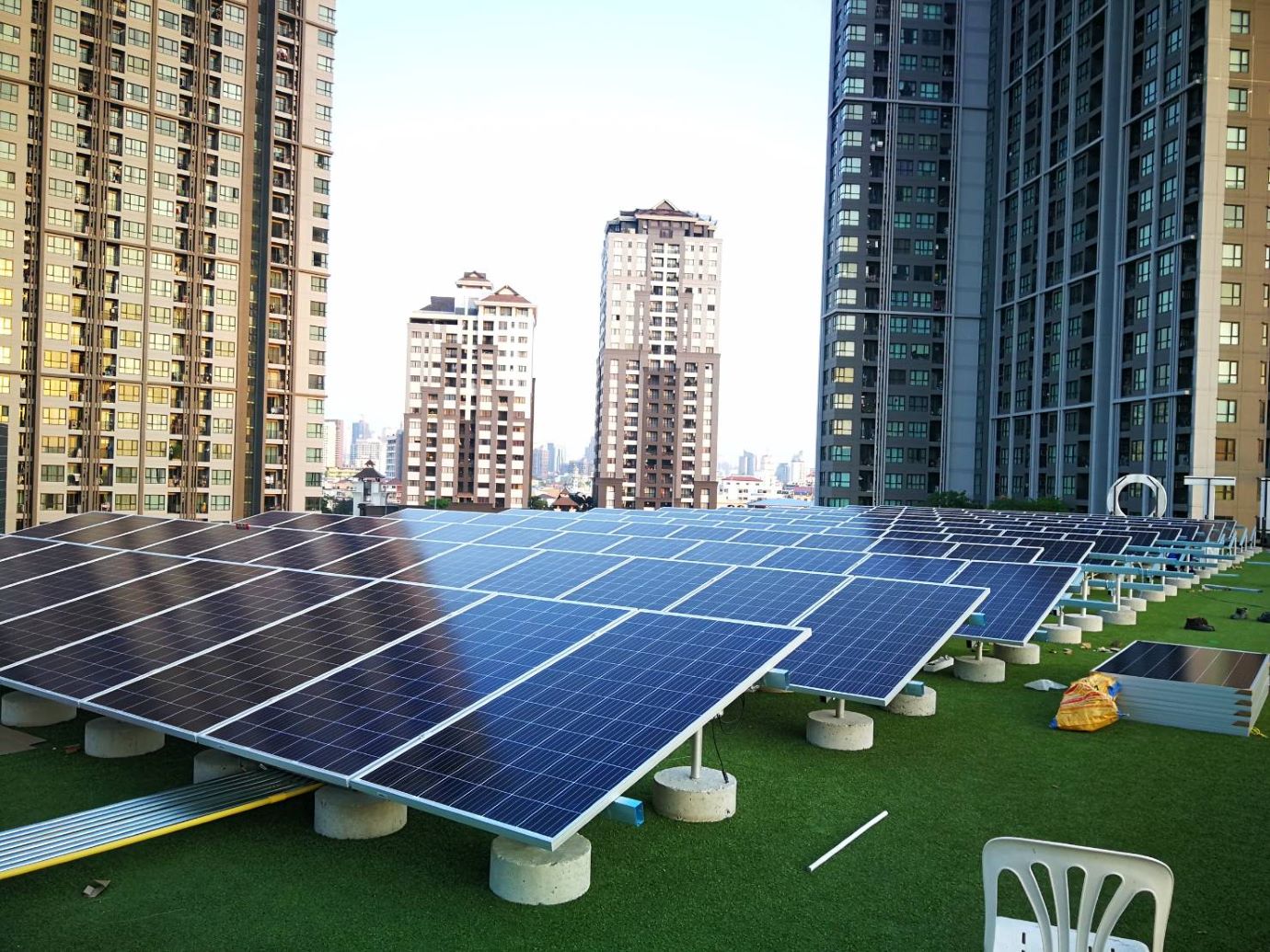
In the photo: Solar panels on the rooftop of a condominium. Photo Credit: Power Ledger
How can the decentralized energy market change lives in condominiums?
JG: Condominiums are the reason that I became really fascinated with blockchain. My PhD research project involved installing a solar and battery system in a condominium, which was the first of its kind in Australia. There’s a number of problems that the blockchain can solve in this situation. One problem is that these properties are often tenanted. Residents don’t want to install a solar panel because the length of their tenancy is shorter than the payback period of a solar system. Another is the fact that the roof space is owned by the apartment owner. So the tenant can’t just put them there even if they wanted to. There is this split incentive problem as well, where even if the owner did put them on, the tenant would get the benefit. This leaves the owner with no economic incentive to do that.
It’s called the principal-agent problem. What the blockchain does is it allows you to charge the tenant for electricity using the laws that govern these buildings and provide an income stream for the owner to justify them. The technology creates an equitable system where people are charged fairly for the amount of electricity they use at different times of the day. That system also could dispatch energy to the energy company and provide services to it. It becomes effectively a condominium utility and generates an additional income stream.
Related Articles:
![]() “SOLAR EM(POWER)MENT IS LIGHTNING THE PATH TO SUSTAINABLE DEVELOPMENT”
“SOLAR EM(POWER)MENT IS LIGHTNING THE PATH TO SUSTAINABLE DEVELOPMENT”
by Jawes Watson
![]() “CARBON TAX AND THE POTENTIAL IMPACTS”
“CARBON TAX AND THE POTENTIAL IMPACTS”
How lucrative is the decentralized market of solar energy in Australia? What is the average payback period for solar panels?
JG: The payback period for solar systems in Australia is around three or four years. If it’s a high-rise building, it’s a harder proposition and once you have above five storeys, you’ve got a problem. However, it is possible to install a battery in those buildings and buy cheap electricity in the off peak or store other people’s solar energy and provide that at night. Another option is to dispatch as services to the grid from the battery and receive an economic return. For high-rise buildings, there are still opportunities in this domain.
What do you think is the best way to promote the use of renewable energy?
JG: I think it’s to create a market incentive for people to do so. That’s why I’m excited about this technology. Because being sustainable used to mean that you couldn’t make money. This is putting the market mechanisms in place, the price mechanisms in place and the payment mechanisms in place to incentivize this kind of investment and provide an economic return for people doing so.
I think that it is the democratization of power. The blockchain adds a level of sophistication to the market, where people can actually participate and get an enhanced return or a return for the value that they’re providing to the grid or to an energy company or their neighbors.
Last autumn you won Extreme Tech Challenge organized by @richardbranson. Do you think companies promoting sustainability would need more contests like that to help them raise capital?
JG: I think that companies promoting sustainability need to create legitimacy to get big business to work with them. That is the opportunity around that comes from saying that we’re a company that has some credibility. I feel like Sir Richard Branson is watching us now. Therefore, we’re more inspired than ever to impress him and deliver on our mission.

In the Photo: Power Ledger Co-founder Jemma Green and Virgin Group Founder Sir Richard Branson. Photo Credit: Power Ledger
What makes a startup company conspicuous?
JG: There is an ICO crisis that we’ve seen going on. And we actually set up the company before all that happened. We had developed a minimum viable product, deployed it to the market and had other projects signed up. It wasn’t about that for us. It was really about using the blockchain to help the market. Lots of startups fail. We realize that if we didn’t scale and commercialize we would fail. There’s more of an uphill battle for us to get recognition and customers. We have to work harder, twice as hard. And that’s why we put more effort into getting projects and developing relationships.
I’ve got a three-year-old daughter and a seven-month-old son. My three-year-old went on 25 business trips with me before she turned two. My son has already been to the Caribbean, to the U.S., to Thailand. It’s a crazy life. But I feel like it’s one way my kids get to see their mom fulfilling her potential. Hopefully it also means fulfilling the potential of our business.
Do you feel like you carry a certain message about importance of women’s empowerment?
JG: I feel like that is a real privilege. I hope to set a good example for both my children and for other women. So they can see that this is a field that could be for them as well.


